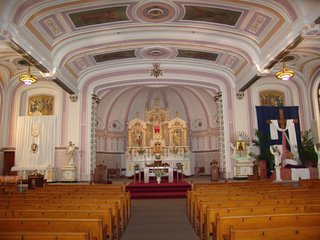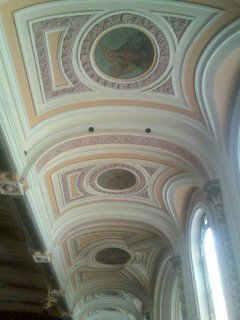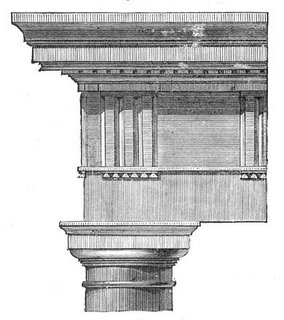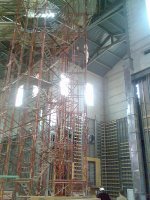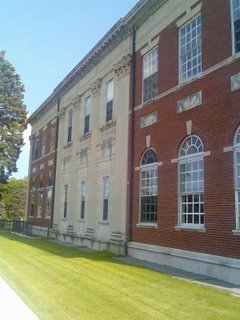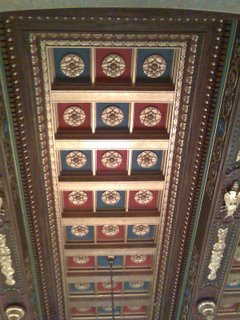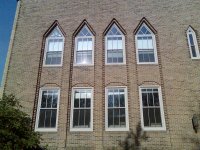The historic New York parish of St. Vincent de Paul down in Chelsea (116 West 24th Street) is facing closure.
A recent article in The New York Times focused on the parish's small but vibrant Francophone congregants, but there's a lot more to the story than the church's monthly French Mass.
What the story doesn't say is there is a determined group of laymen who hope to save the parish by bringing a new focus to the parish's mission. While not forgetting the church's special mission to French, Haitian and Francophone African emigrants in Manhattan, these men and women hope to emulate the examples of other parishes such as the Tridentine revival of Chicago's St. John Cantius and St. Gelasius, Opus Dei's work at St. Mary of the Angels, and the work of a number of other urban religious orders in places such as Wilmington. They have thus an interest in inviting to take over the care of the parish either an order not unlike the Institute of Christ the King; like the historically French Vincentians--who have no presence in New York yet; or Opus Dei, already close by at Murray Hill but lacking a parish as such.
The logic of the archdiocese in ordering the parish closed, possibly as early as the end of the month, is dwindling attendance. However, a revitalized St. Vincent's has the potential to be a witness to gentrifying urban professionals and Bohemian artists in a neighborhood increasingly influenced by sex, secularism, and a new age mentality verging on the pagan.
Given the cultural ministry offered by Tridentine orders, or the popularity of Opus Dei among youth looking for structure in a structureless world, such a parish could be a true beacon to the neighborhood and the island as a whole. (Mass would presumably continue in French, though that is part of a much larger picture, even now.) Of course, taking on a parish is a major undertaking for any order, whether small or large. It seems to me that perhaps the parish could be closed for a time, with the potential to be re-opened soon, while funding is undertaken. That being said, unlike St. Mary of the Angels or St. John Cantius, St. Vincent's is still in good working order, a noble structure not unlike La Madeleine in Paris. One hopes that it might become as glorious a beacon as the example of its equally Parisian namesake, the great St. Vincent.
How can you help? At this point, just spread the word. One of the most important things (especially in the case of a Tridentine or otherwise traditionally-oriented parish) is to show that there is a constituency in New York for such things. Chicago has shown that two full-blown Tridentine congregations are capable of existing within the same city. New York does not even have one full-time parish--only the Sunday mass at St. Agnes, and no Latin masses during the week.
The issue, however, is not just Tridentine. The witness of Opus Dei or some other tradition-minded order could prove just as vital to the parish's survival and as a witness for orthodoxy in the neighborhood. St. Vincent's, under the care of any good religious order, would continue to be a presence in a neighborhood with great potential; after all, that the decline of the great urban parishes certainly has done much to change the religious face of the inner city, and will continue to as suburbanites return to the urban core, and find shuttered churches there.
Please write to Mr. Richard Sawicki at rmsawicki@hotmail.com, or to me, if you have anything to say about these plans. I'm not asking for much, just an expression of interest in such a project, or that you might avail yourself of such a parish's services and programs, which have the potential to be virtually unique among New York's numerous parish churches.



